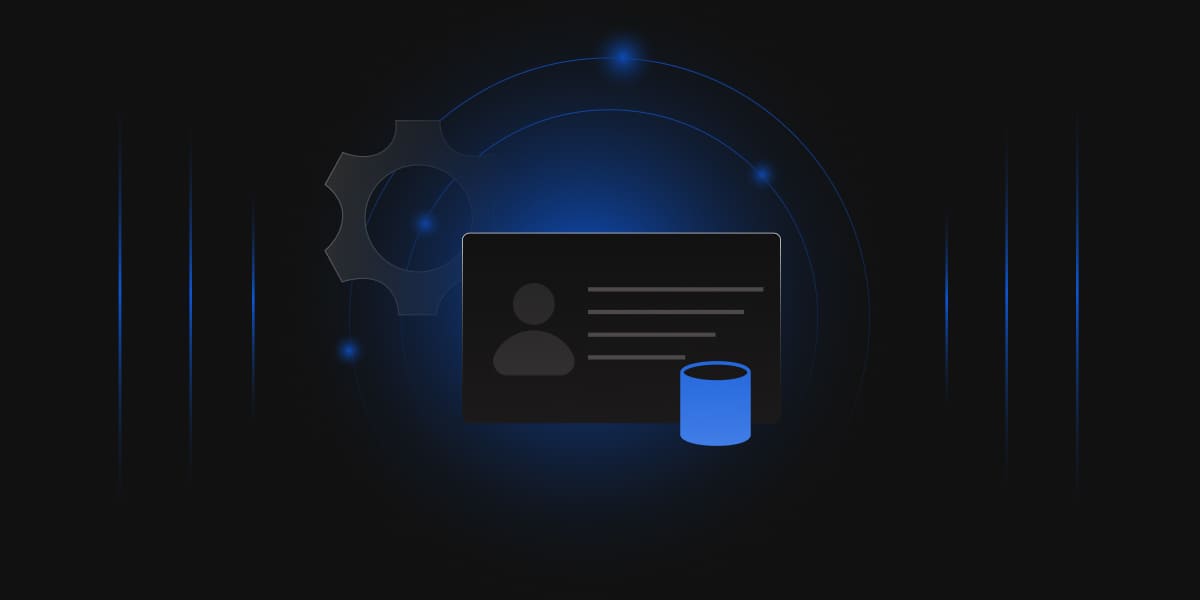Education Center, Encryption Basics
What is Data Masking and Why is it important?

Education Center, Encryption Basics

Data Masking is the process of replacing original production data with structurally similar, inauthentic data. The format of the data remains the same, but the values are altered. The alteration may take place through encryption, character shuffling, or substitution. Data Masking is a one-way process that retrieves the original data or reverse engineering to obtain the original data impossible.
Data privacy legislation such as GDPR in the EU promotes Data Masking, and businesses use private data as little as possible. The average cost of a data breach is $4 Million, which gives companies a strong motivation to invest in information security solutions such as Data Masking, which can be relatively cheaper to implement than some other encryption solution.
Static Data Masking (SDM)
In Static Data Masking, data is first masked in the database and then is copied to a test environment so organizations can move the test data into untrusted environments or third-party vendors.
Dynamic Data Masking (DDM)
In DDM, second data storage is not needed. Data remains unmasked in the database, and upon request, data is masked and sent over. Contents are shuffled in real-time on-demand to make the data masked. Unmasked data is never exposed to unauthorized users. A reverse proxy is needed to achieve DDM. Other dynamic data masking methods are generally called on-the-fly data masking.
The viable solution against threats like
Data Masking can be done in multiple ways, which include
Substitution
Organizations substitute the original data with random data from supplied or custom lookup file. This is an efficient and effective way to disguise data since businesses preserve the data’s integrity and structural format.
Shuffling
In shuffling, organizations substitute the original data with another authentic-looking data, but the same column’s entities are shuffled. The value can move vertically or randomly along the columns.
Blurring
The value stored in the database is altered with a defined range of values available.
Character Scrambling
In this, characters are randomly scrambled, rearranging the order of the characters involved. This process is irreversible, so the original data cannot be obtained from the scrambled data.
Tokenization
Tokenization is a reversible process where the data is substituted with random placeholder values. Tokenization can be implemented with a vault or without, depending on the use case and the cost involved with each solution.
Nulling out or deletion
Replacing sensitive data with null values is also one of the approaches organizations may prefer with regular data masking capabilities. This may reduce data analytics or another test accuracy.
Masking out
Here, only some parts of the data are masked. It is similar to nulling out since it also ineffective in test environments. This can help in situations such as shopping receipts where only the last four digits are visible to prevent fraud.
Personally Identifiable Information (PII)
This includes any data which can be used to identify a particular person personally.
Protected Health Information (PHI)
PHI includes demographic information, medical histories, test and laboratory results, mental health conditions, insurance information, and other data that a healthcare professional collects to identify appropriate care.
Payment card information (PCI-DSS)
This is an information security standard for organizations to follow while handling branded credit cards from the major card schemes.
Intellectual property (IP)
IP refers to creations of the mind, such as inventions, literary and artistic works, designs, and symbols, names, and images used in commerce.
Data Masking replaces sensitive data with similar but fake information, vital for compliance with regulations like GDPR and HIPAA. Techniques include substitution, shuffling, blurring, and tokenization, ensuring data integrity while preventing breaches. It’s crucial for Personally Identifiable Information (PII), Protected Health Information (PHI), payment card data (PCI-DSS), and intellectual property (IP).
With a strong focus on Encryption Advisory services and decades of consulting expertise, Encryption Consulting offers a range of cryptographic solutions. Among these, PKI as a Service (PKIaaS) stands out, providing round-the-clock support to clients for any issues related to their PKI environment. This comprehensive approach enhances security, ensuring organizations remain resilient against potential misconfigurations in their encryption setups.